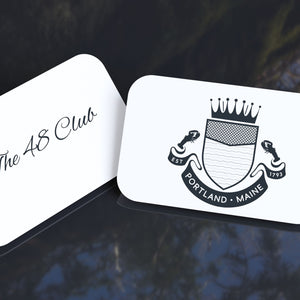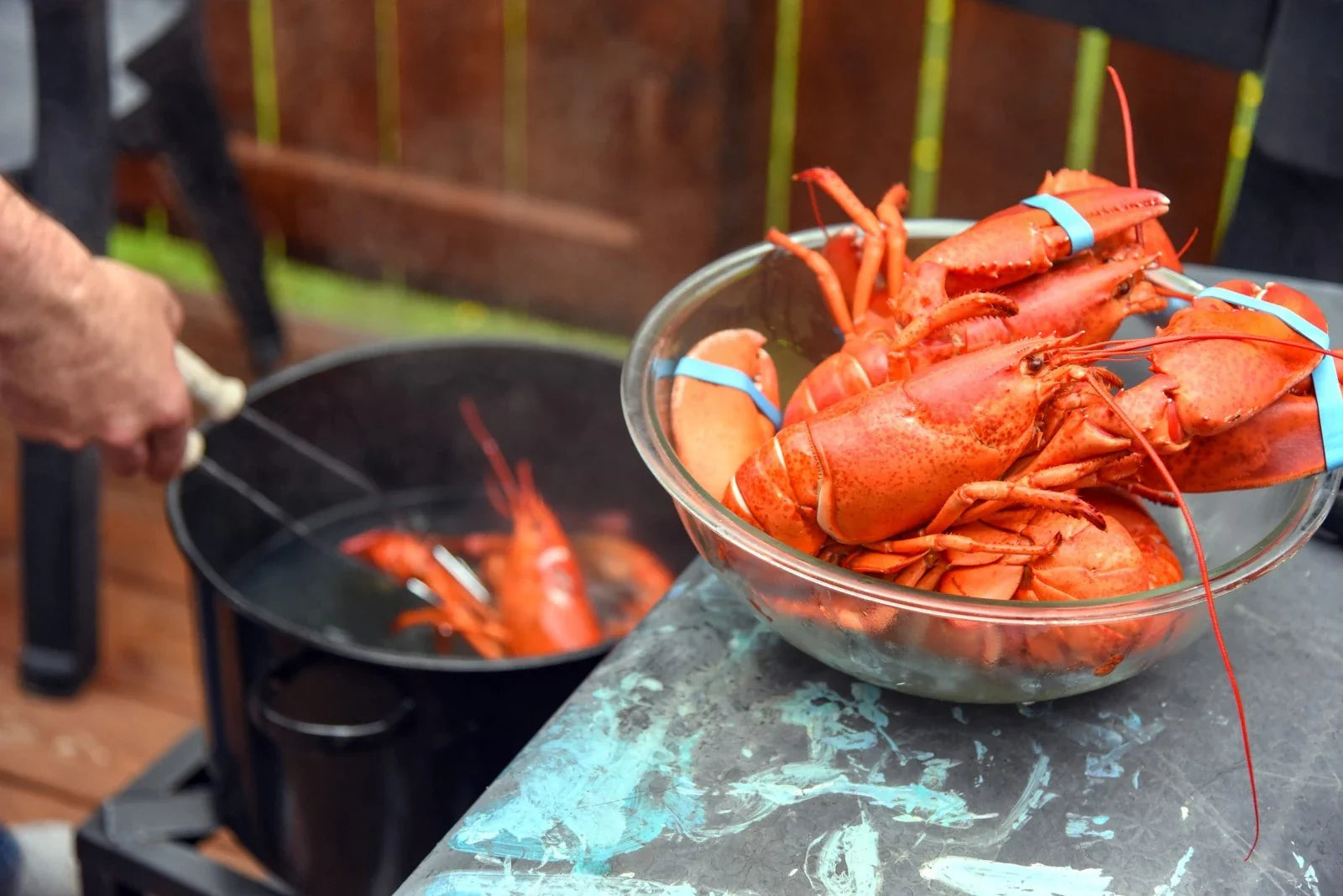Masses view lobster as a gourmet treat and a symbol of luxury. Long ago, however, the crustacean was so abundant that it was only used as bait and fertilizer. From basic staple to paragon of delicacy, how lobster traversed this journey is an interesting tale of culinary evolution. So slip into your lobster bib, and let's dive right into the rich, buttery history of this oceanic treasure.
Lobster in the Early Days
Unbeknownst to many, lobster was part of the first Thanksgiving feast in 1621. The Pilgrims shared this meal with the Wampanoag tribe, celebrating their bountiful harvest. Lobster, abundant along the shores of New England, was one of the stars of their meal.
The Wampanoag taught the Pilgrims how to catch and prepare these sweet seafood delicacies, which soon became a staple in their diet. This early inclusion of lobster in the Thanksgiving feast paved the way for a continuous tradition, symbolizing the spirit of sharing and gratitude.
Cuisine of Colonial and Post-Colonial America
As America grew, so did its culinary habits. By the 18th century, lobsters were widely enjoyed across different social strata. Historical accounts show that lobsters were so plentiful along the coast that they were used in fields and gardens as fertilizer. However, as cities grew and transportation became more accessible, so did the art of food preservation and shipping.
The Industrial Revolution brought innovations such as canning, which allowed lobster to be preserved and shipped inland, where fresh seafood was considered a luxury item. It was this ease of accessibility that initiated the change in public attitude and started the rise of lobster from an ordinary food item to its place as a feted delicacy.
The Industrial Revolution

The 19th century really changed things, with canning and improved transportation. Now it was possible to transport lobsters to reach areas beyond traditional coastal communities. Canning meant that lobsters could be picked, preserved, and sent vast distances without spoiling. This new accessibility began to alter public sentiment.
Lobsters began appearing in city markets, and city dwellers who would never have sampled the freshness of seafood could now taste this delicacy of the ocean. It was the start of lobster's rise from humble origins to culinary fame.
Early 20th Century: Rise in Popularity
The early 20th century saw lobsters gaining popularity as a desirable food item. Railroad dining cars and luxury hotels proved very instrumental in this change in perception. It was these eating establishments that began to offer lobster as a delicacy to more people.
One dish, Lobster Newberg, became quite the rave in upscale restaurants. The popularity of the dish cemented the status of lobster as a fine dining food and sophisticated delicacy. More and more people were able to experience lobster in this fine setting, and its reputation continued to rise.
Contemporary Lobster Cuisine

Today, lobster symbolizes luxury and fine dining. Its tender, sweet meat has been boasted by different culinary traditions around the world, from fancy restaurants in the streets of Paris to busy street food markets in Bangkok. Chefs have become very fond of lobster due to its versatility; it could make a lot of dishes, which feature classic lobster bisque and thermidor, and even innovative products like lobster sushi rolls or lobster-topped pizzas.
The ingenuity in its preparation and presentation never stopped, continuing to stretch fine dining's boundaries—welcome to the world of lobster fine dining restaurants. The rise of lobster from the level of pauper food to a gourmet delicacy speaks a lot about its unique flavor and the ingenious creativity of chefs who raised it to an icon in the culinary industry.
Influencers and foodies sharing stunning lobster recipes and dining experiences on social media platforms, particularly Instagram and TikTok have greatly popularized this ingredient. Only through such online exposure has lobster been propelled to a must-try 'luxe' food with million views under hashtags like #lobsterroll and #lobsterdinner.
Tied into the demand for lobster, then, is the expectation of it as a premium ingredient and a willingness of diners to pay a premium for the experience. It is this feeling that has given rise to lobster festivals, cooking competitions, and solely lobster restaurants around the world, celebrating the rich history and luxurious appeal of this crustacean.
From a miniature, crusty shack next to the ocean to the generally acclaimed halls of a Michelin-starred restaurant, there is no possibility that lobster will ever disappoint its consumers with its exquisite flavor and promise for an unforgettable dining experience. Its ongoing popularity underscores its transformation from humble beginnings to a symbol of culinary sophistication and indulgence.
Conclusion
The fact that lobster has transformed from being a staple food item to a luxury delicacy in itself shows changing trends in food culture. Let Get Maine Lobster take you through this kaleidoscopic journey with our weekly specials. Whether you are a seasoned lover of lobster or a newbie to the experience, our fresh and sustainably sourced lobster will make your meals unforgettable.
Don't miss out on our bestsellers! Visit our website to discover the freshest seafood offerings and bring a taste of luxury to your table. Celebrate the evolution of lobster with us and create your own unforgettable dining experiences.










